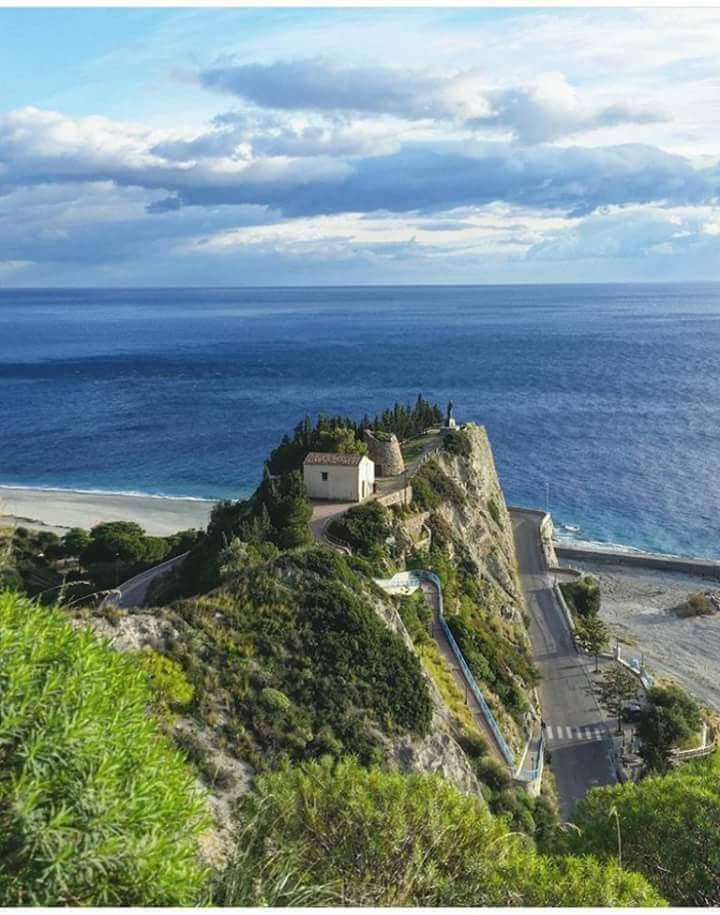"Bova Marina, called by the Greeks of Calabria Jalò tu Vua" Marina di Bova "from the ancient Greek term βούα “herd, a group of young Spartans who train themselves for the wild life, of hard men” (Hesychius), is the main town of Hellenophone area (Bovesìa). In the Middle Ages it was called Fùndaka "hotels, shops, warehouses" from the Arabic 'fundaq', a word in turn coming from the ancient Greek substantive πανδοκείον "hotel" from the adjective πάνδοκος "which welcomes everyone"; it is therefore a welcoming town, located on a flat land, by the Ionian sea. It belongs to the province of Reggio di Calabria, which is 43 kilometers away, and lies on the strip of sea which, from Melito di Porto Salvo to Capo Spartivento, constitutes the southernmost coast of the entire Italian peninsula.
Its history is closely connected with that of Bova, the "Chora" of the Hellenophones, from which the current settlement originated, around the middle of the 19th century, on the initiative of the bishops Msgr. Vincenzo Rozzolino and Msgr. Dalmazio D'Andrea. The original site was a fishermen's refuge and a thriving port of call for goods and for the connections that took place by sea, known since the Hellenistic-Roman era, located near the historic settlements remembered by tradition, such as Delia, or mentioned in the ancient documents, such as the Tabula Peutingeriana, (Roman "road map"), which handed down the toponym Scyle to us. In the vicinity of these places, many settlements overlapped over the course of a thousand-year history: protohistoric (VII - VI millennium BC), in the Umbrian and Penitentiary localities, then Greeks, Romans and Byzantines in Mazza, Amigdalà and San Pasquale.
Of particular importance, due to its rarity, is a Jewish settlement, located in the San Pasquale valley, which bequeathed to us the remains of the ancient synagogue with an important mosaic (4th century AD). In the same area there is a large Roman structure (I-IV century AD) and the Byzantine church of Panaghia (the "All Holy"). In the locality Apàmbelo, on a suggestive hill reachable only on foot, there are the perimeter walls and the apse of the small Byzantine church of S. Niceto (10th century), together with interesting remains of the Bronze Age and monastic houses medieval. In more recent times, from the Norman conquest onwards (X-XII century AD) the most important center of the territory became Bova - Chora, perched on a mighty cliff at over 900 meters above sea level, from which the current marina has then again tract origin. The oldest part of Bova Marina (located around the current Via Borgo) developed in the nineteenth century, when the bishop Msgr. Dalmazio D'Andrea bought land near the Siderone stream from the state property and gave it there free of charge to the farmers who agreed to move there. A rapid expansion followed the first nucleus of inhabitants, thanks to the presence of the railway station and the road connecting with the other coastal centers and with the city of Reggio.
By joining the Piazza Wifi Italia project, our administration implements communication opportunities thanks to digital technology ".
